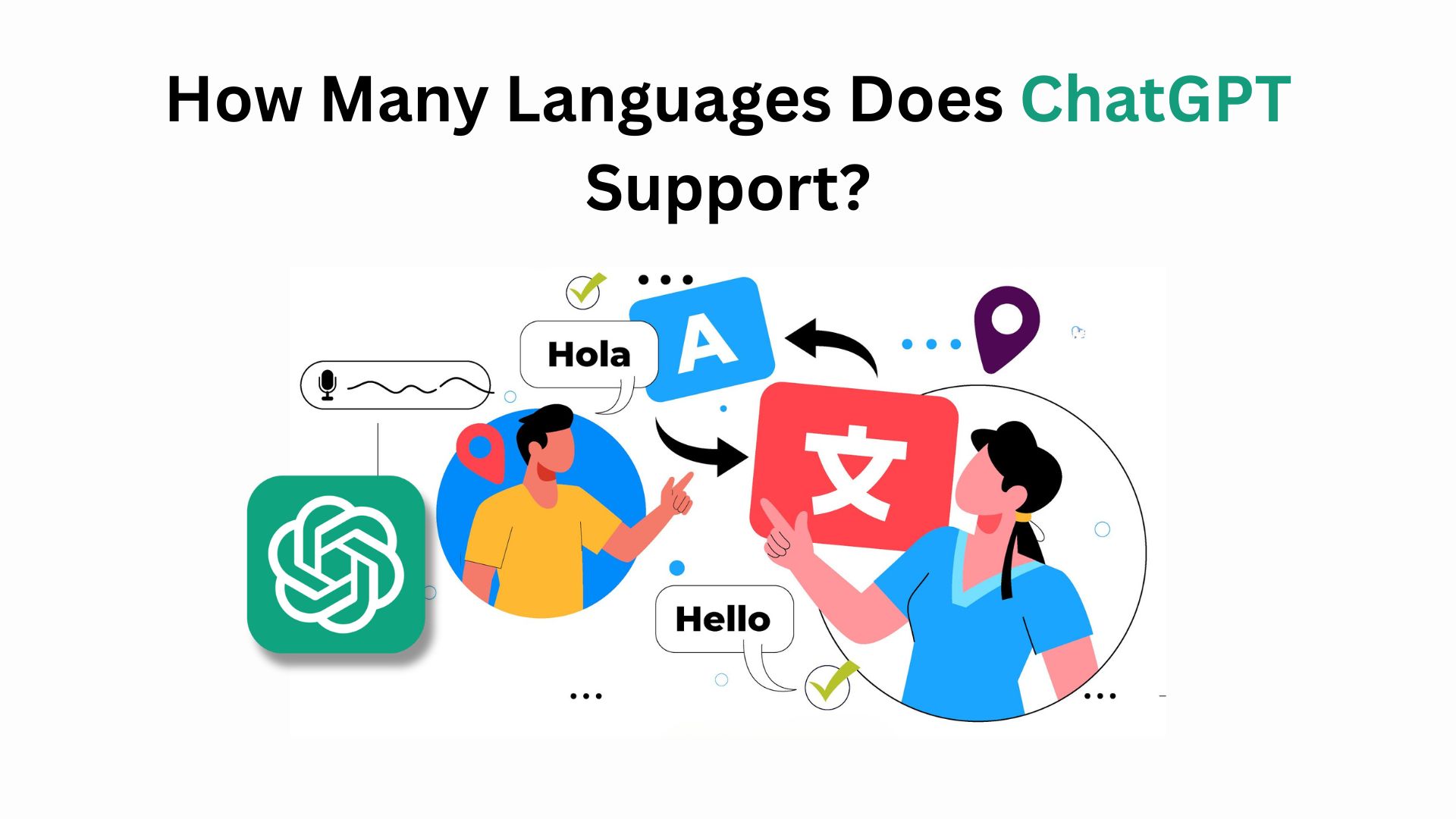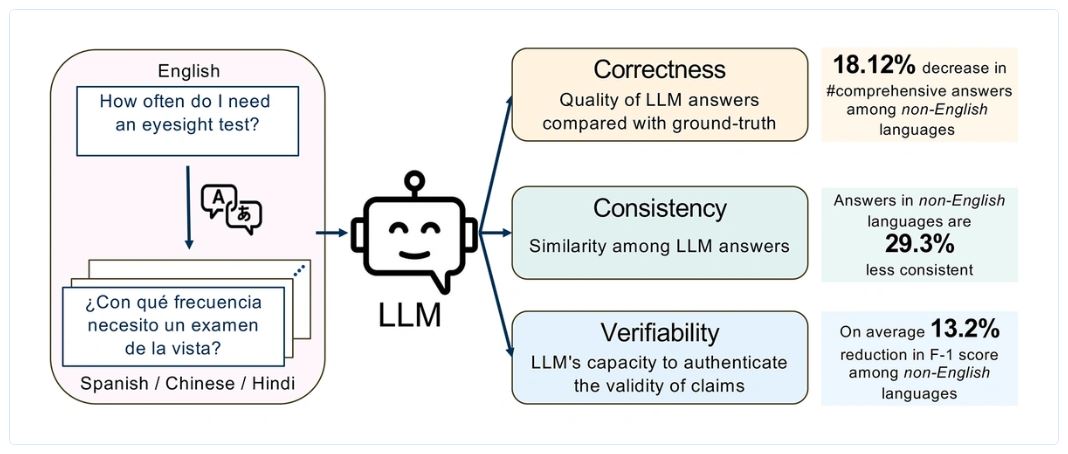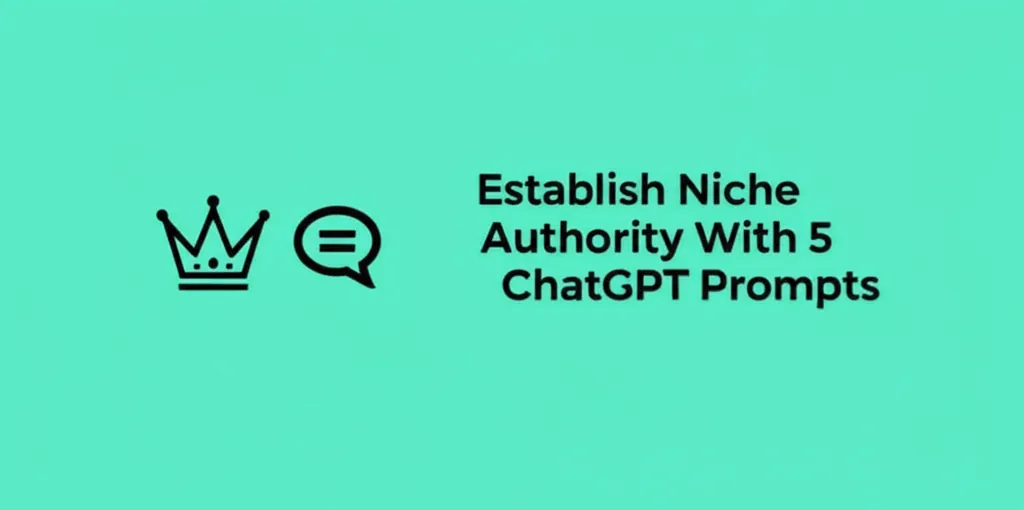Developer Offer
Try ImaginePro API with 50 Free Credits
Build and ship AI-powered visuals with Midjourney, Flux, and more — free credits refresh every month.
The Multilingual Power of ChatGPT Explained
OpenAI's groundbreaking chatbot, ChatGPT, has amazed the world with its ability to generate human-like text, translate content, and answer complex questions. One of its most formidable features is its capacity to operate across dozens of languages, making it a revolutionary tool for global communication.

While English is where it performs most proficiently, ChatGPT's capabilities extend to a vast number of languages, breaking down barriers and connecting people worldwide.
Key Takeaways
- Official Support: ChatGPT officially supports 58 languages, which are the native tongues for approximately 4.5 billion people.
- Practical Use: Real-world testing indicates the AI can understand and respond in over 95 languages, including numerous programming languages.
- Underlying Technology: It leverages deep learning and transformer-based neural networks to recognize linguistic patterns and generate contextually relevant text.
- Programming Prowess: ChatGPT is fluent in many coding languages, including Python, JavaScript, Java, HTML, C++, R, and C#.
- Performance Variance: Its translation and generation quality are highest in high-resource languages like English and Spanish and tend to decrease for low-resource or rare languages.
- Ongoing Improvement: OpenAI is actively working to gather more diverse language data to enhance its multilingual performance, especially for underrepresented languages.
How Many Languages Does ChatGPT Understand?
Officially, OpenAI confirms support for 58 languages, a number that allows a vast majority of the global population to interact with the AI in a native or comfortable language. This is a monumental step for communication, education, and information access, helping to bridge linguistic divides.
In practice, however, users have found that ChatGPT can function, at least to some degree, in over 95 languages. This includes not only widely spoken natural languages but also a broad array of programming languages.
It's important to recognize that ChatGPT doesn't "understand" language in the human sense. Instead, it employs sophisticated deep learning algorithms to identify statistical patterns in massive amounts of text data. When you ask a question, it uses these learned patterns to predict and generate the most probable sequence of words, effectively mimicking multilingual comprehension without conscious awareness.
Beyond Human Languages: ChatGPT's Coding Skills
ChatGPT's linguistic talents aren't limited to human speech. It is a powerful tool for developers, capable of understanding, writing, and debugging code in several popular programming languages. Its proficiency includes:
- Python: A leading language in AI development.
- JavaScript: The backbone of modern web development.
- Java: A versatile language used for enterprise-level applications.
- HTML & C++: For web content and performance-critical applications.
- C#, R, and Ruby: Prominent in game development, data analysis, and web applications.
This broad programming knowledge makes ChatGPT an invaluable assistant for a wide range of technical tasks.
How Does ChatGPT Master So Many Languages?
ChatGPT is built on a transformer architecture, a type of neural network that excels at processing human language. It was trained on an enormous dataset of text from the internet, encompassing many different languages. This training allowed it to learn the grammar, vocabulary, and structural patterns inherent to each language.
The model doesn't just memorize phrases; it internalizes the rules that govern language, enabling it to generate grammatically correct and contextually appropriate responses. It can also be fine-tuned on specific datasets to improve its accuracy for particular tasks, like translation or summarization, in various languages.
Understanding the Limitations
While impressive, ChatGPT's translation abilities are not perfect. The quality can vary significantly based on the language. A comprehensive study by Microsoft revealed that large language models like ChatGPT perform exceptionally well in high-resource languages (e.g., Spanish, German) where training data is abundant. For low-resource languages, the quality of translations and responses can decline noticeably.
Users may find that when asked the same question in English versus a less common language, the English response is more accurate and detailed. In other languages, the AI has a higher chance of "hallucinating"—providing inaccurate or misleading information. Researchers and OpenAI are actively working to address this gap by gathering more multilingual data to improve performance for everyone.
 (Source: explodingtopics.com)
(Source: explodingtopics.com)
The Future of Multilingual AI
ChatGPT's multilingual capabilities are a testament to the power of modern AI, with official support for 58 languages and functional use in over 95. However, its performance is directly tied to the data it learned from. While it excels in major languages, there is a clear performance gap for underrepresented and low-resource languages. Efforts are now focused on closing this gap to make this transformative technology equally effective for all cultures and communities.
Frequently Asked Questions (FAQ)
Does ChatGPT support multiple languages? Yes, ChatGPT can understand and generate text in more than 95 languages, with official support for 58 languages that are native to approximately 4.5 billion people worldwide.
In what programming language is ChatGPT written? The system itself is written primarily in Python, using the PyTorch deep learning framework. While it generates answers in many languages, its internal operations are based on Python code.
Which languages does ChatGPT do best? ChatGPT performs best in English and other major, high-resource languages due to the vast amount of training data available for them. Performance can be less reliable for less commonly spoken or low-resource languages.
Does ChatGPT perform translations? Yes, ChatGPT can translate text between its supported languages. However, for highly complex or nuanced content, specialized translation tools may still offer better accuracy.
How trustworthy is it for non-English languages? Its trustworthiness in other languages depends on the amount of high-quality training data it was exposed to for that specific language. It is generally more reliable for common languages and may be less so for rarer ones.
Compare Plans & Pricing
Find the plan that matches your workload and unlock full access to ImaginePro.
| Plan | Price | Highlights |
|---|---|---|
| Standard | $8 / month |
|
| Premium | $20 / month |
|
Need custom terms? Talk to us to tailor credits, rate limits, or deployment options.
View All Pricing Details

